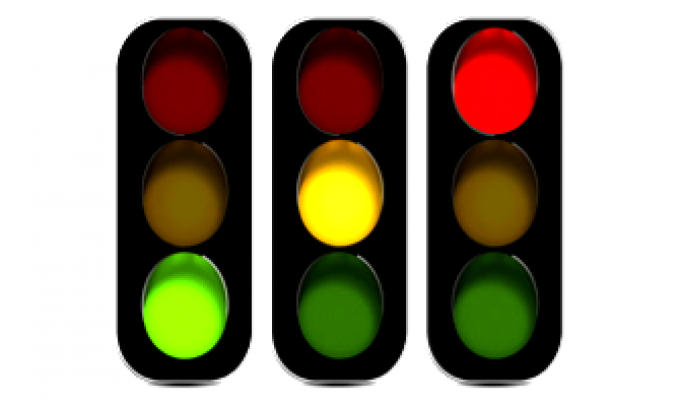
This is the third installment in a series of articles called The Automation Dilemma, which highlights some of the common “do’s and don’ts” of automating your company’s export compliance process. Be sure to read Article #1 and Article #2, and keep checking back for future installments in this series.
One of the problematic automation tasks for any trade compliance manager is the export license determination screening. I have yet to see a company that can completely automate the screening process without some type of manual review. First, let’s discuss what I mean by export license determination screening. This is the process for screening your company’s export sales transactions against the International Traffic in Arms Regulations (ITAR), Export Administration Regulations (EAR) and the country sanctions governed by the Office of Foreign Asset Controls (OFAC) for licensing requirements.
For this article, I am only focusing on the screening of tangible products. Screening the access to controlled-technology and information is a separate topic which deserves its own article. There are four parts you will need to have in your system to complete a proper license screening:
- A classification matrix of all products. Every product should have an ECCN or USML category assigned.
- Ship-to name and address. (It’s best to make sure that names of companies are not acronyms.)
- Matrix for screening ECCN by country (see table below).
- List of approved licenses with all relevant information (e.g., ship to, end-user, part number, quantity, value, date of expiration).
Here’s a sample table which shows these elements in a screening matrix.
The key to automating your export license screening is having a complete list of product classifications and a defined policy on using various license exceptions or exemptions. Many organizations choose not to use license exceptions/exemptions which require reporting (e.g., License Exception LVS), because of the added labor burden on the company. It’s best to define what your company will use for license exemptions or exceptions before you begin developing your automation strategy. Otherwise, you will find that automation may be more expensive and take longer than expected.
Another key point before using an automated tool is to make sure you have all your export license balances up-to-date. The old axiom still applies: Bad data in equals bad data out. When you first start up your system, you will want to add only the remaining balances of your licenses. This will ensure you do not exceed the value or quantity on your licenses when your system goes live. Make sure you include recordkeeping requirements in your system. For example, make sure there is a log of whether the system automatically assigned a license exception, NLR or license number, or if a person manually assigned it, when the decision is made and when the product was shipped.
The last decision you will need to make is when to screen. This depends on your business model and your products. I recommend screening at order placement and again right before you ship. Why at order entry? Because, if you need a license for a shipment, you’ll want plenty of time to get it. Also, if you can’t do business with the company because they are located in an embargoed country (or, in the case of ITAR-controlled products, an arms-embargoed country), then there’s no reason to waste your company’s time and money building and packing an item that ultimately cannot be shipped.
Why screen at the end, too? Well, namely because regulations change. The ECCN may change. Country-specific policy may change. A license could be revoked. A voluntary disclosure could change the dynamics of your export business. (And the list of reasons goes on and on.) You want to make sure that something which was valid three months ago is still valid today. NOTE: If your turnaround time is 24 hours, you may not need to do a second screening.
These are the high level areas to consider when automating your export license determination screening process. There are many finer details which will need to be reviewed. Keep in mind, these types of projects take time. Don’t think you’ll solve the automation dilemma in a couple of months … but recognize that it’s a process and it can be solved!
Tom Reynolds is the President of Export Solutions, a consultancy firm which specializes in helping companies with import/export compliance.
